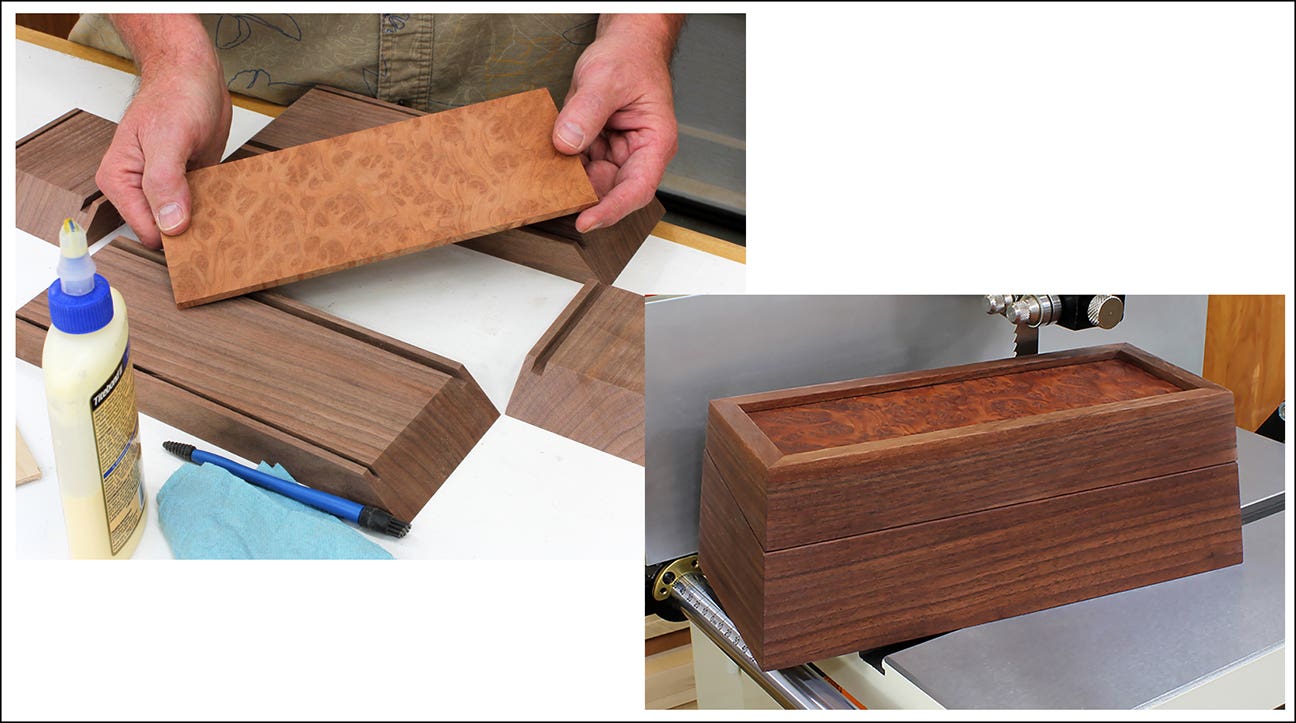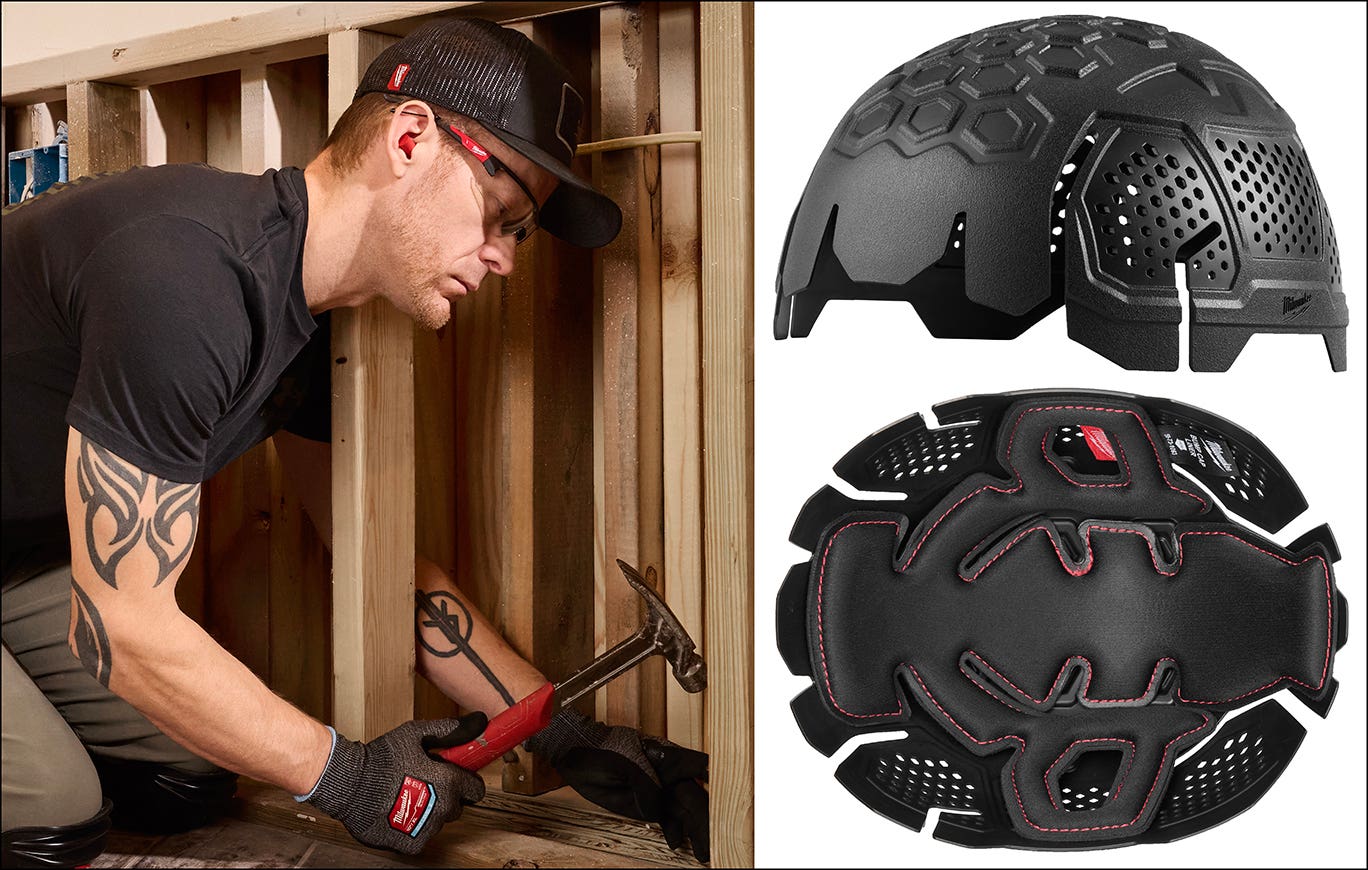Auto history provides a ride down memory lane
It’s likely that you’ve never finished a car or truck and you might not have any desire to do so. But knowing the history of the development of automotive coatings…
It’s likely that you’ve never finished a car or truck and you might not have any desire to do so. But knowing the history of the development of automotive coatings is instructive for understanding how wood finishes have changed through the decades. Much more research goes into automotive coatings than into wood finishes. We piggyback on this research.
You surely know the story of Henry Ford offering customers any color they wanted on their Model T as long as it was black. Well, there was a reason for this. In the early days of automobile finishing, there were no special paints or finishes for cars — just what was offered at regular hardware stores. This meant either shellac- or oil- and resin-based; varnish and oil-based paint in today’s terminology.
Shellac wasn’t durable enough for cars, so Ford used oil paint, which was plenty durable but took a long time to dry — even longer than modern oil paints. As it happened, black dried faster than other colors, so customers were limited to black for the sake of efficiency.
Even so, the finishing process took up to a month because of drying times. The finishers used brushes to apply the black paint and had to wait for each coat to dry before applying the next. So a bottleneck was created at the end of the assembly line.
As the Model T continued to be built, DuPont saw a market for faster drying finishes and developed the first commercial nitrocellulose lacquer by modifying the cellulose nitrate used for explosives and motion-picture film. This was the first coating developed specially for cars. Because it dries solely by solvent evaporation rather than by oxidation like varnish, the finishing process was reduced to a few days.
Because of the fast drying, a spray gun had to be used for application. Spray guns had been invented and improved in the 1890s and first two decades of the 20th century by Joseph Binks and Allen and Tom DeVilbiss. So, by 1924, when General Motors introduced the Duco brand of nitrocellulose lacquer on almost its entire line of cars, the application tool was ready. In addition to faster drying, nitrocellulose lacquer made the use of other pigment colors possible.
In the furniture industry at the time, shellac was the common finish used because it dries fast and is durable enough. But nitrocellulose lacquer offered several advantages over shellac, including better control of drying in different temperature and humidity conditions by choosing different solvents and better cost prediction because lacquer is a synthetic while shellac is a commodity product.
So during the years from the late 1920s to the early 1930s the furniture industry changed over almost entirely from shellac to lacquer.
Back to cars, the downside of nitrocellulose lacquer was reduced gloss compared to the oil-based paint. To achieve the highest gloss, the finish had to be polished and this added to the labor cost. (Trucks were rarely polished.)
The change from brushing oil-based paint to spraying nitrocellulose-based paint is arguably the biggest and most important change in the history of automotive coatings. Spraying lacquer is still common today in many auto body shops and a great many wood finishers use clear nitrocellulose lacquer.
But there have been a number of additional significant advances in automotive coatings since then.
Alkyds and acrylics
The first came in the 1930s when synthetic alkyd resins were developed. Alkyd resins provide excellent film properties and coatings based on this resin received their greatest use as primers.
Notice that this began what continues today as a standard in the automobile industry of choosing different coatings for specific layers in the painting schedule.
Acrylic lacquers, which were very popular from the 1950s through the 1970s, produced a high gloss without rubbing. Just as important, they also made the use of metallic pigments possible. Most cars finished during this time made use of the metallic effect.
To achieve the maximum visual effect, the metallic pigments, which are flat plate-like pigments, have to align themselves parallel to the painted surface. They have to lie flat even though they are mixed at every angle when sprayed. The low viscosity (lots of solvent) of acrylic lacquers gave the pigments the freedom of movement to do this. Then the rapid evaporation rate of the solvents and rapid drying locked the pigments in place.
E-coats
Probably the second most important breakthrough made in automotive coatings was the development of electrodeposition primers, simply called e-coats. This technology largely solved the problem of corrosion.
An e-coat is applied by dipping the entire assembled body of the vehicle into a large tank filled with a waterborne epoxy and urethane that crosslink when baked. A voltage is applied to get the coating to penetrate into all the nooks and crannies. Currently, the coating is positively charged and the body is negatively charged.
The downside of e-coatings is poor appearance and poor UV resistance. To remedy these problems primer surfacers were developed to create a smoother surface for topcoating and better resistance to UV degradation.
Basecoat/clearcoat
Though the acrylic lacquer topcoats provided a high enough shine without polishing, this shine didn’t last long. So people had to wax their cars often to maintain the new car appearance. In addition, by the 1980s, stricter VOC laws were coming into effect, forcing automobile factories to reduce the amount of solvent emitted to the atmosphere.
Manufacturers solved both these problems by switching to a two-layer finish — basecoat plus a clearcoat enamel topcoat. The basecoat was water-based to reduce VOCs, while color appearance and metallic effects were also improved. The clearcoat provided UV protection to the basecoat. This coat is often based on melamine chemistry, the same that is used in catalyzed wood finishes.
Continuing advances are being made to improve efficiency by cutting out some of the oven-drying steps. Traditionally, the water-based primer and basecoat each had to be dried before the next coat was applied, followed by the solvent-based clearcoat.
By switching to solvent-based primer, basecoat and clearcoat, each could be applied wet over the previous one. This reduced the oven-drying steps, which lowered the energy requirement for drying each coating. Oven drying was required only after the final clearcoat.
Of course, switching back to solvent-based coatings required a redesign of the coatings to keep the VOC footprint low.
Bob Flexner is the author of “Understanding Wood Finishing” and “Flexner on Finishing.”
This article originally appeared in the May 2017 issue.






